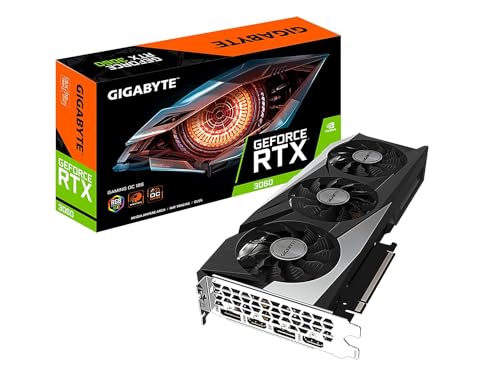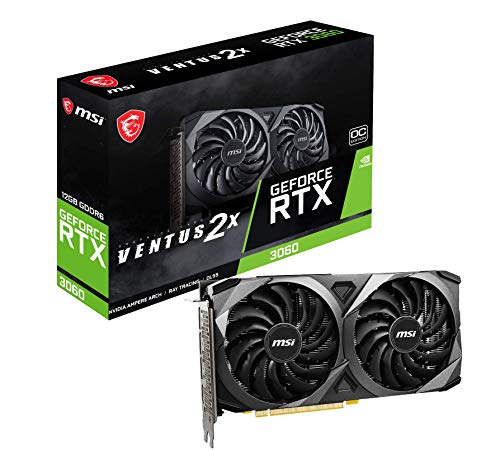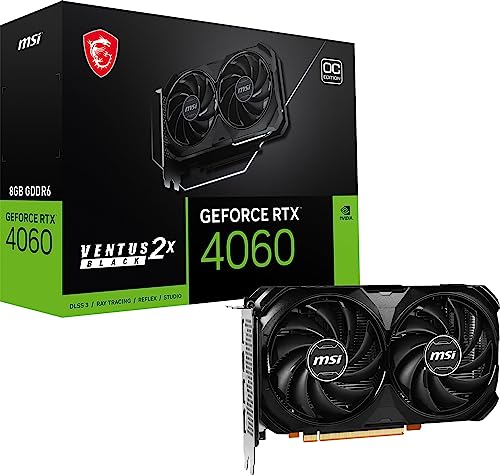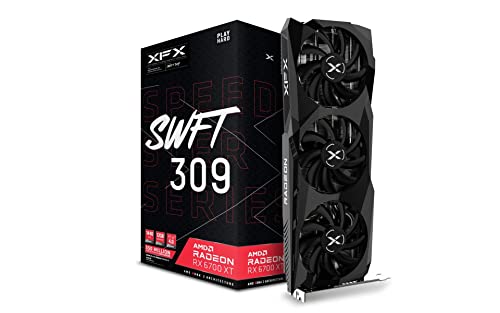**Introduction**
Virtual reality is pushing the boundaries of immersive experiences, demanding unprecedented graphical performance and low latency from PC hardware. Next‑generation VR‑ready GPUs are designed to tackle these challenges with advanced architectures specifically geared toward rendering complex, three‑dimensional environments in real‑time. In this article, we explore the technological breakthroughs that enable the latest GPUs to deliver smooth, lifelike VR experiences, and how these innovations are revolutionizing gaming, training simulations, and interactive digital media.
**Technological Innovations**
- **Advanced Real‑Time Ray Tracing:**
GPUs from NVIDIA and AMD now incorporate dedicated hardware to support real‑time ray tracing, enabling lifelike reflections and shadows that bring virtual environments to life.
- **AI‑Assisted Rendering:**
Features like DLSS and FidelityFX harness the power of machine learning to upscale and enhance images, allowing for high‑resolution displays with relatively lower processing loads.
- **Rapid Data Throughput:**
Enhanced memory interfaces and high‑bandwidth connections ensure that vast amounts of graphical data are transmitted without bottlenecks, crucial for high‑definition VR.
- **Optimized for Low Latency:**
State‑of‑the‑art GPUs are engineered with ultra‑fast processing and minimal input lag to support the fluid, responsive interactions required in immersive VR and AR applications.
**Applications and Benefits**
- **Immersive Gaming:**
VR‑ready GPUs provide gamers with breathtaking visual realism and responsiveness, transforming digital worlds into interactive, living environments.
- **Professional Simulations:**
For training and simulation in fields like medicine or aviation, these GPUs deliver highly realistic scenarios that enhance learning and skill development.
- **Enhanced Multimedia Production:**
Content creators benefit from smooth rendering and real‑time interactive previews, accelerating video editing, 3D animation, and virtual set design.
- **Future‑Proofing:**
Investing in next‑generation VR GPUs ensures compatibility with emerging VR/AR standards, promising superior performance as immersive technologies evolve.
**Future Directions**
Future GPUs will likely integrate even more sophisticated AI‑driven rendering techniques, further reducing power consumption while enhancing visual fidelity. With the expansion of VR/AR ecosystems, multi‑GPU configurations and cloud‑based rendering may become more common, delivering unparalleled performance across virtual experiences.
**Keywords:** VR-ready GPUs, real‑time ray tracing, DLSS, FidelityFX, immersive VR, low latency, high‑resolution graphics, VR gaming, advanced GPU
Next‑Generation VR‑Ready GPUs
Bridging Performance and Immersion
Related Articles
Essential High-Performance PC Components You Need Now
Upgrade your setup with the must-have parts for unbeatable gaming and productivity
Top Picks for Best High-Performance PCs
Find the perfect power machine for gaming, work, or creative projects
Your Guide to the Best High-Performance PCs
Find the Right PC for Your Gaming and Creative Needs
View our related products
See more






